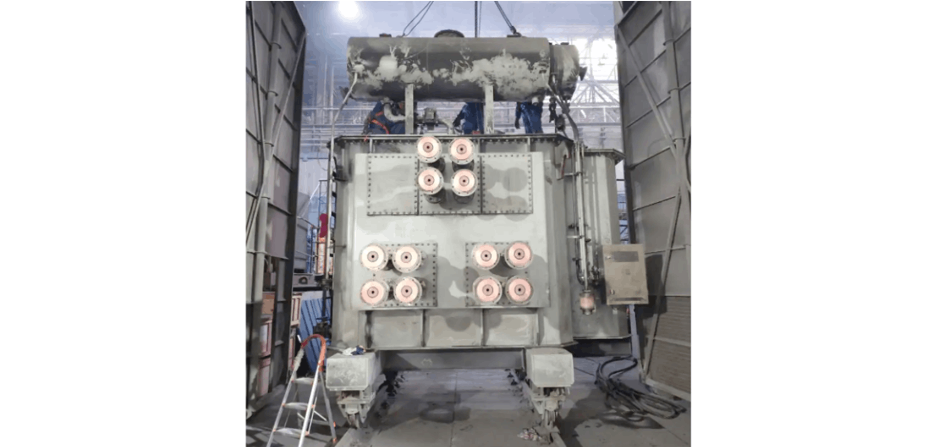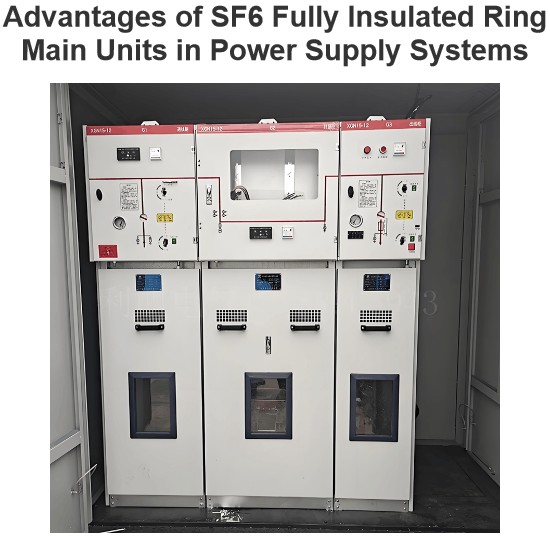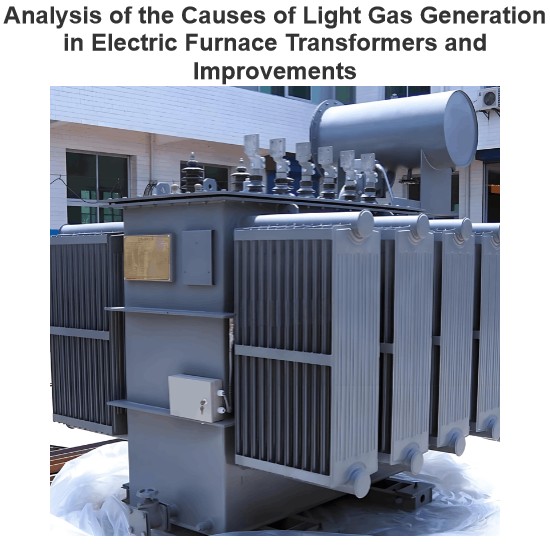Why does inrush current occur in arc furnace transformers?
Magnetizing inrush current in electric arc furnace transformers is a problem that troubles many electrical engineers. So, why does magnetizing inrush current occur in arc furnace transformers? First, let's understand what magnetizing inrush current is.
Magnetizing inrush current refers to the transient current generated in the secondary winding of an arc furnace transformer due to core saturation, increased magnetic field strength, and other factors. This phenomenon is very common during the operation of arc furnace transformers, especially during startup and shutdown of the furnace, when the magnitude of the inrush current changes abruptly, significantly affecting equipment operation.
The main causes of magnetizing inrush current include the following:
- Core Saturation: When the current in the secondary winding of the arc furnace transformer increases, the magnetic flux in the core also increases. Once the flux exceeds the maximum magnetic induction limit of the core material, the core enters a saturated state. If the winding current continues to rise under saturation, the nonlinear increase in flux easily leads to magnetizing inrush current.
- Increased Magnetic Field Strength: The secondary windings of arc furnace transformers are typically made of copper wire with low resistance. When the magnetic field strength increases rapidly, the current in the secondary winding rises sharply, making it prone to generating magnetizing inrush current.
- Furnace Startup and Shutdown: During the startup or shutdown of the arc furnace, the current in the secondary winding changes abruptly, which can trigger magnetizing inrush current. Particularly during startup, the sudden surge in current may cause the inrush current to reach several or even dozens of times the normal operating current.

Magnetizing inrush current has several significant adverse effects on the operation of arc furnace transformers:
- Equipment Heating: Inrush current causes rapid heat generation in the windings, affecting equipment performance and service life.
- Equipment Vibration: The electromagnetic forces from high currents induce mechanical vibration in the windings, compromising operational stability.
- Protection Misoperation: The peak inrush current may be mistaken by protective relays as a fault current, causing false tripping and interrupting normal operation.
To address these issues, it is essential to thoroughly analyze the root causes of magnetizing inrush current in arc furnace transformers and implement targeted suppression measures. Only then can inrush current be effectively prevented, ensuring safe and stable system operation.
As an expert in the application and trends of electrical equipment, I have a profound mastery of knowledge in circuits, power electronics, etc. I possess a comprehensive set of abilities including equipment design, fault diagnosis, and project management. I can precisely grasp the industry's pulse and lead the development of the electrical field.













